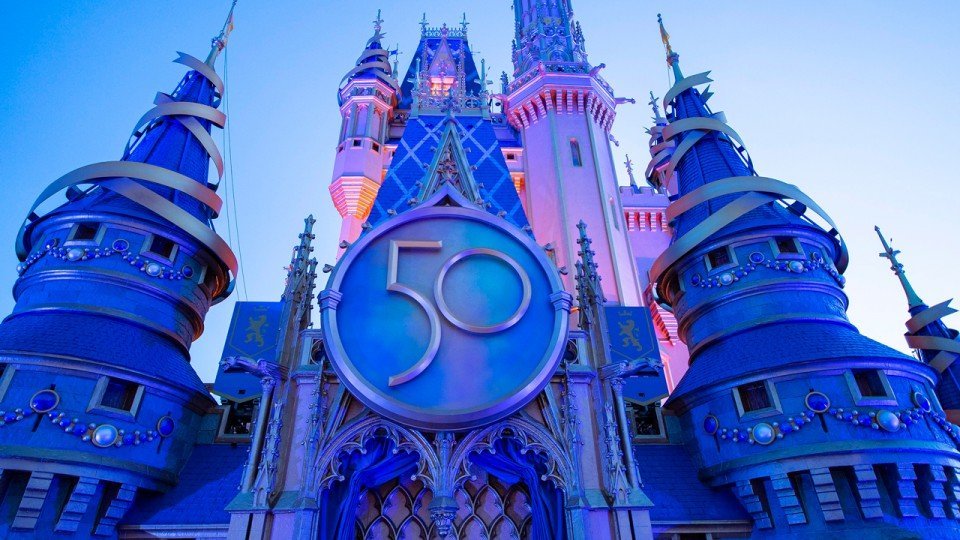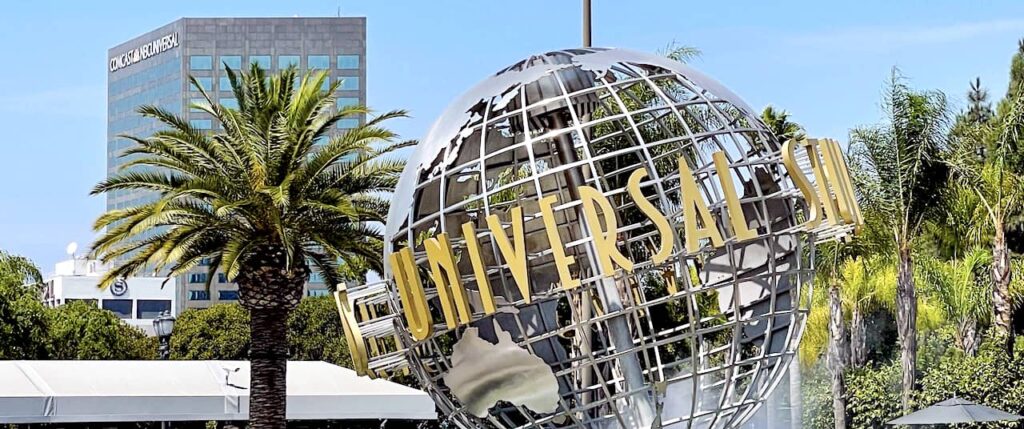August 4, 2024, 4:35 PM ·
Skipping the line for a theme park ride should not mean that you end up skipping the show. Yet that happens often with the alternate queues that parks have set up for their attractions. The most recent example? An ill-advised single rider queue for Star Wars: Rise of the Resistance at Walt Disney World.
Rise is Theme Park Insider readers’ choice as the world’s best theme park attraction, heading our top 25 list again this year. It’s more than a ride, comprising multiple preshow and ride systems to create its immersive Star Wars experience. Missing any one element of the show diminishes that experience, so it’s frustrating that Disney would design a single rider queue that would route guests around two important elements of the attraction.The single rider queue, which Disney was testing but now no longer offers, had riders skip the Rey preshow and shuttle from Batuu elements, sending guests into a backstage corridor to queue for interrogation room assignments. That’s the point in the ride when a single rider queue would be useful from an operations perspective. With any high demand attraction like Rise, you want to be able to fill every seat in order to maximize throughput and bring down wait times.Traditionally, single rider queues have offered a trade-off for fans – you get a shorter wait time in exchange for riding alone. The park has you wait in an alternate queue with other single riders, from which load operators can pull you when they have an otherwise empty seat ready to dispatch. If a ride’s load pattern works so that a single rider queue does not offer a shorter wait time than the regular queue, parks typically do not bother with them. Perhaps they will ask from load if there is a single rider near the station so that they can move up to fill the seat, but otherwise, ops just lets it go.The trouble with offering single rider on Rise is that there is no way to ensure the integrity of a single rider queue that starts at the attraction entrance without skipping the Rey debrief and shuttle ride, because those are unqueued mass-fill situations. A family could say that they are single riders to avoid the main queue, then just meet back up and go together through the ride from the debrief room forward.Before this single-rider test at Disney’s Hollywood Studios, First Order load ops just went up the short queue on the Star Destroyer and asked if there were any parties of one, two or whatever they needed to fill all the spaces they needed. That’s probably the best way to handle maximized loading on the trackless rides part of Rise, because bringing people straight from outside to that point comprises the ride experience.Sure, maybe that is no big deal for repeat visitors, but let’s look at the flip side of that argument. Why entice repeat visitors who otherwise would not bother waiting in the Rise queue? If load ops can pull at least people from the Star Destroyer queue, the net wait time for first-time guests might be lower without filling a single rider queue with people who otherwise would not care to ride.
Beyond that, I think it is time for the industry to adopt the principle that going through an alternate ride queue should not entail a comprised attraction experience. Whether they be Lightning Lanes/Universal Express upcharge or single-rider queues, those guests deserve the same exposition and atmosphere development that the guests in the regular, standby queues have.I get that older attractions designed before the widespread use of alternate queues might not have the space to avoid literal shortcuts, often through backstage areas. But for any new attraction, a full experience for all alternate queue users – including queues for disabled visitors – should be the new industry design standard.And while we are at it, let’s avoid using unload areas for alternate ride queuing, as well. A spacious unload area plays an important role in guest flow and maintaining high capacity. No one wants to see ride vehicles held because people are backed up at unload because guests waiting to load are blocking their way.In my perfect world, we would have no alternate queues in theme park attractions. Queues would be accessible to all people with disabilities, and everyone would wait their turn to ride. That perfection, however, remains elusive for a variety of reasons, including the variety of disabilities that theme park guests face as well as parks’ new reliance on revenue from selling access to alternative queues.So for now, let’s at least make those alternative queues as close to the regular queue show experience as possible. That means quit trying to hack alternate queues in situations where they are not absolutely needed, such as a single rider queue on Rise.Previously: Introducing Robert’s Rules of Theme Park Operations.To keep up to date with more theme park news, please sign up for Theme Park Insider’s weekly newsletter. And to help support Theme Park Insider while saving money on discounted theme park tickets, please visit our international and U.S. attraction ticket partners.
Replies (7)



